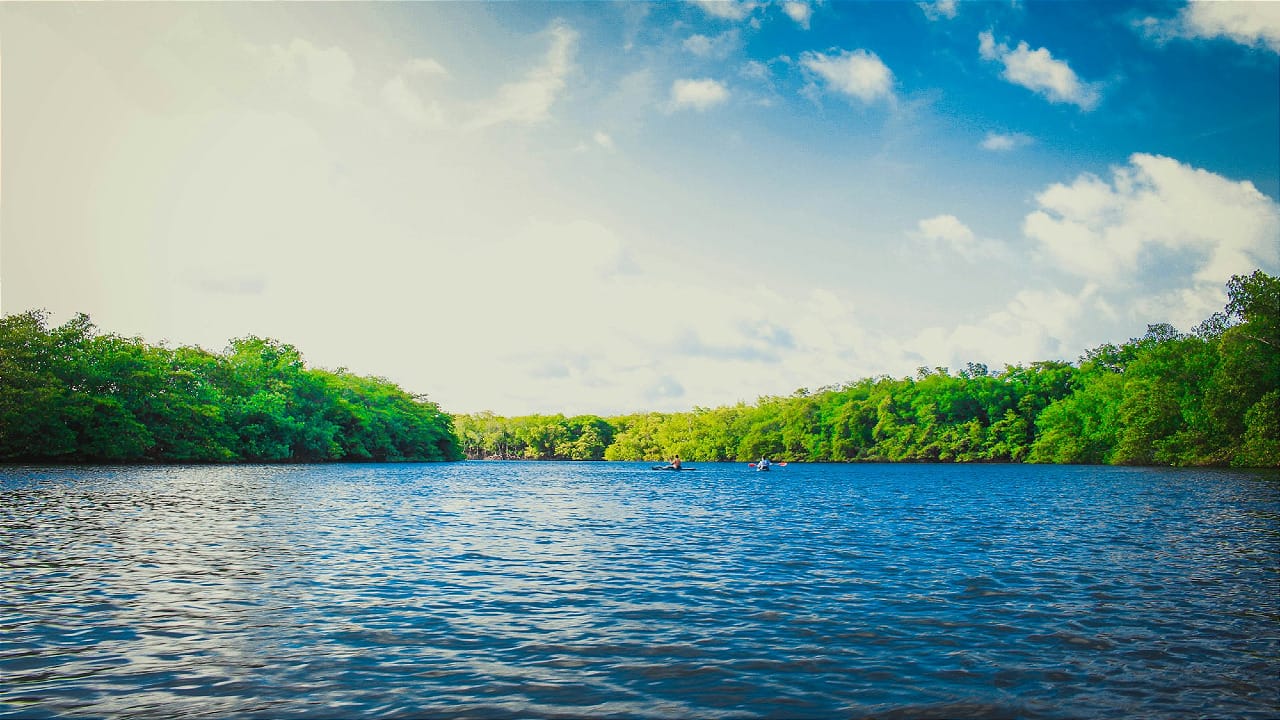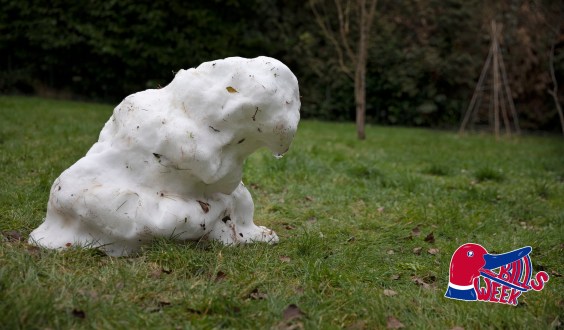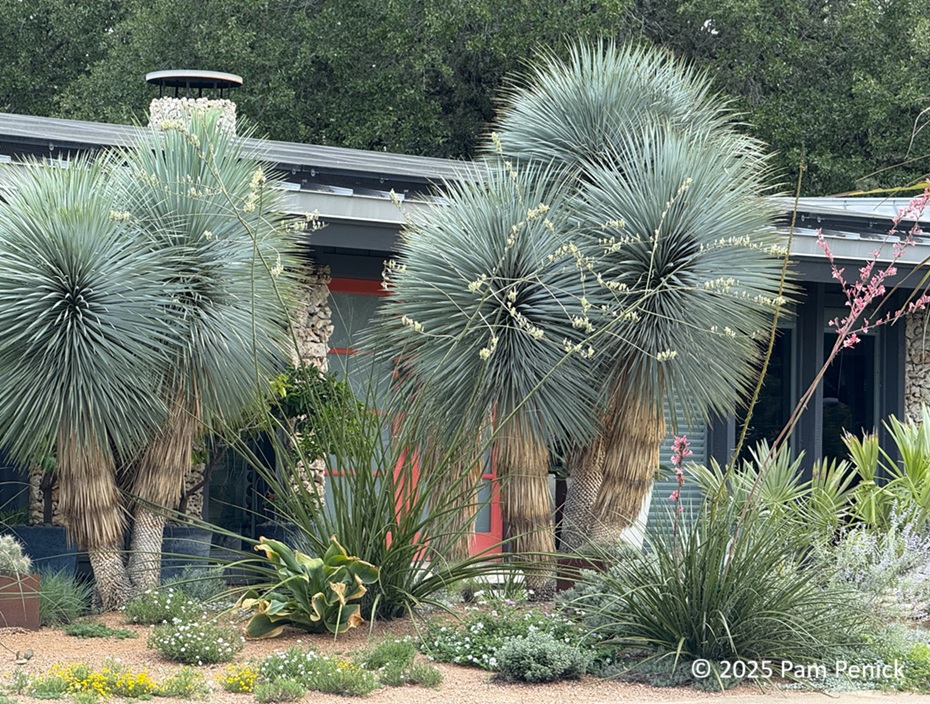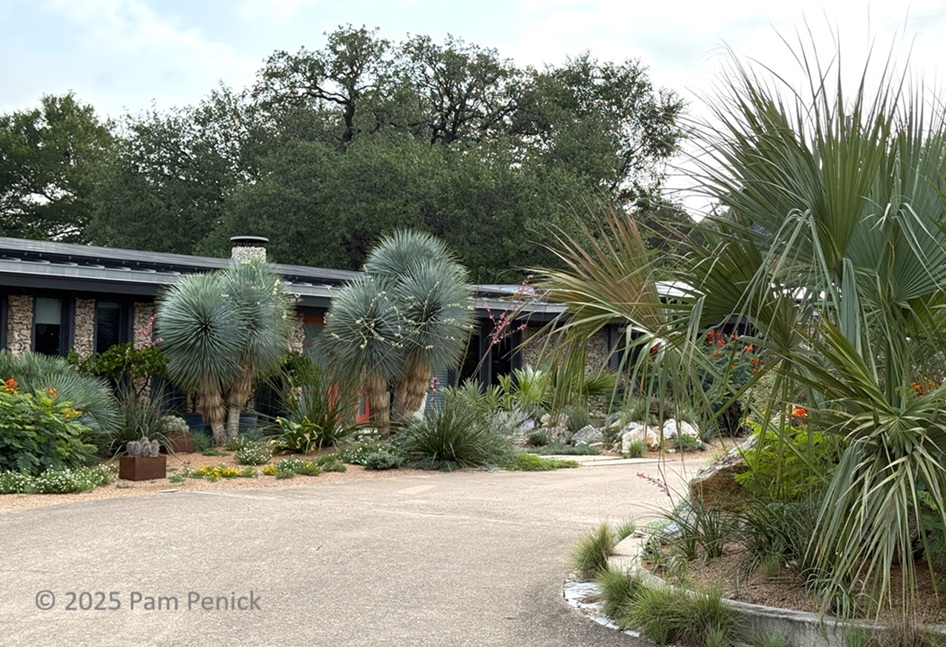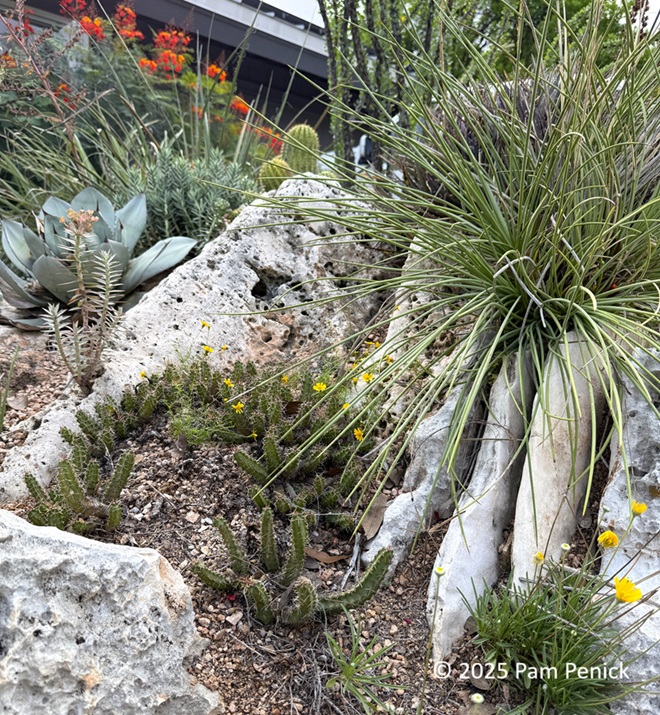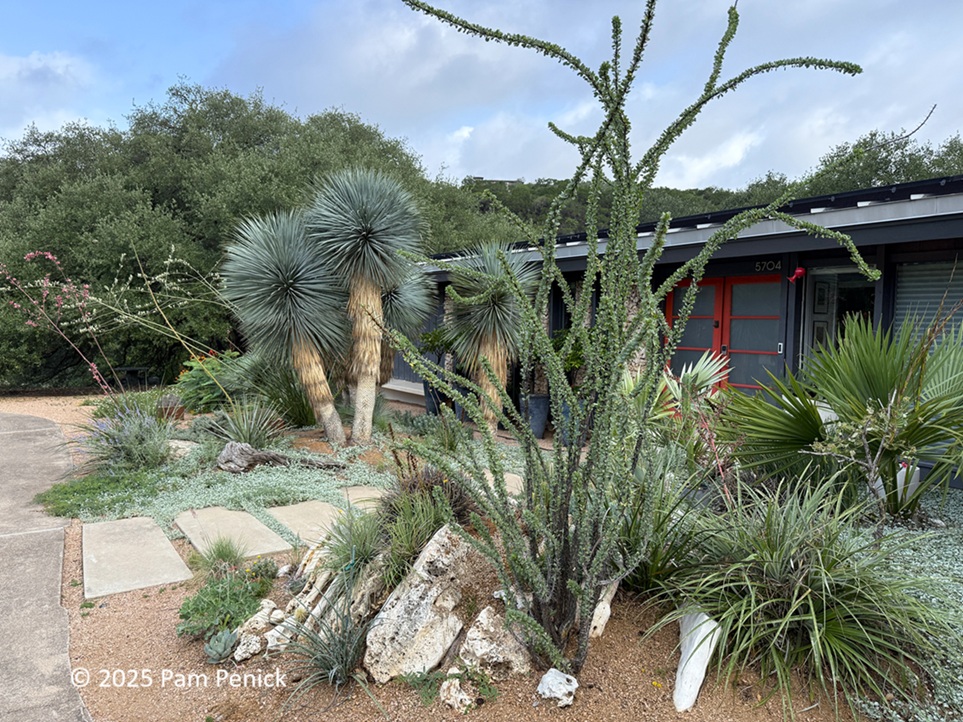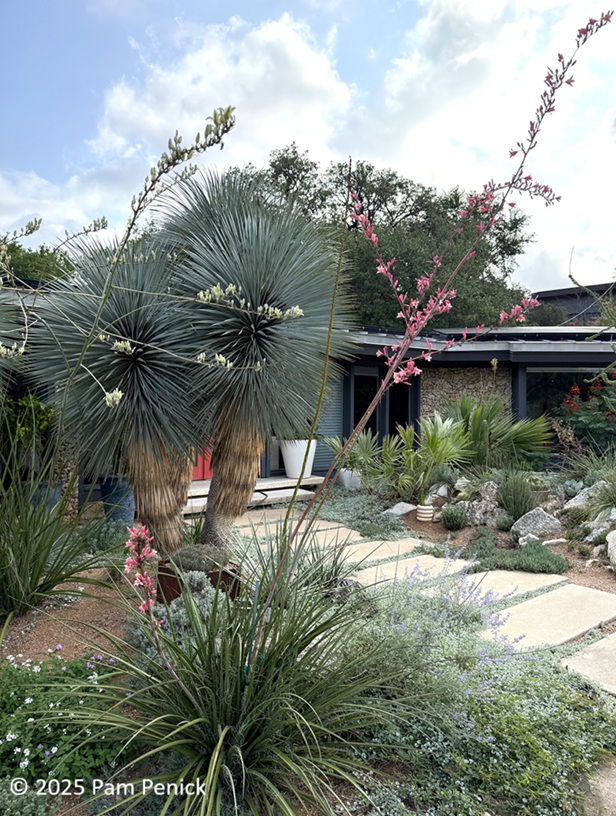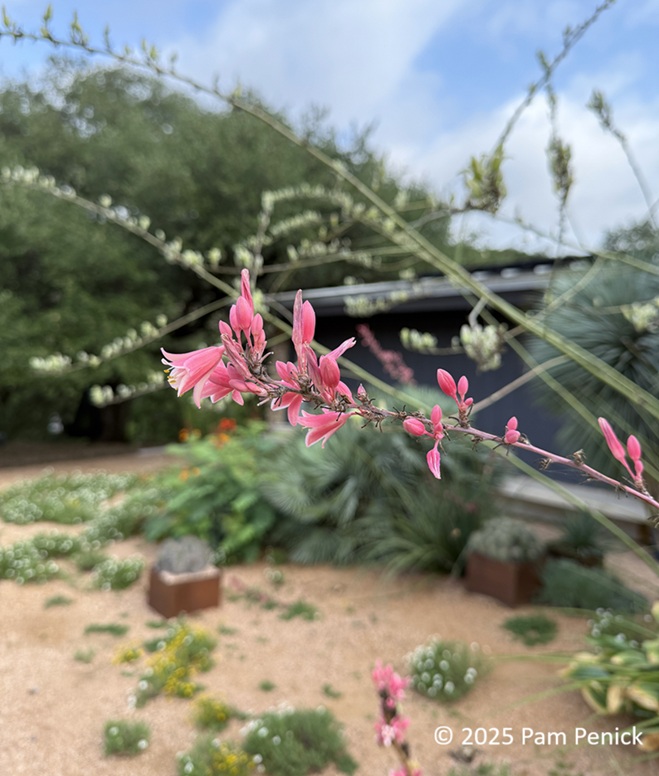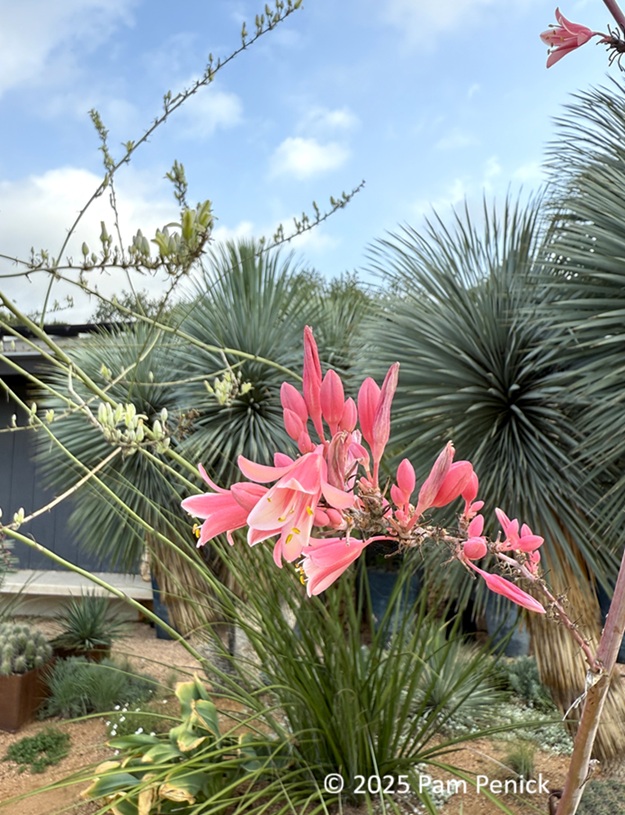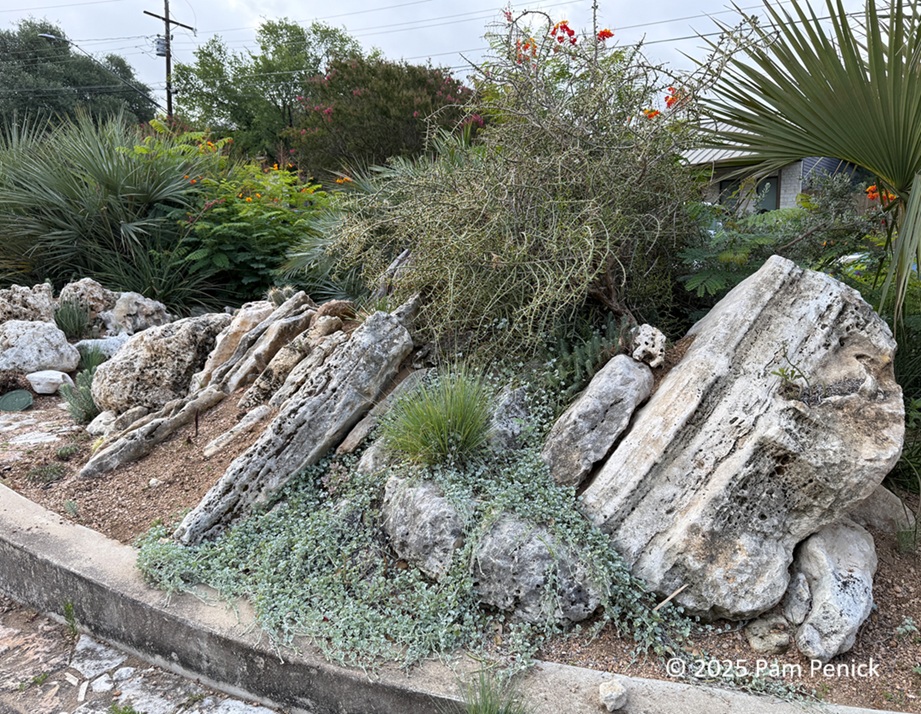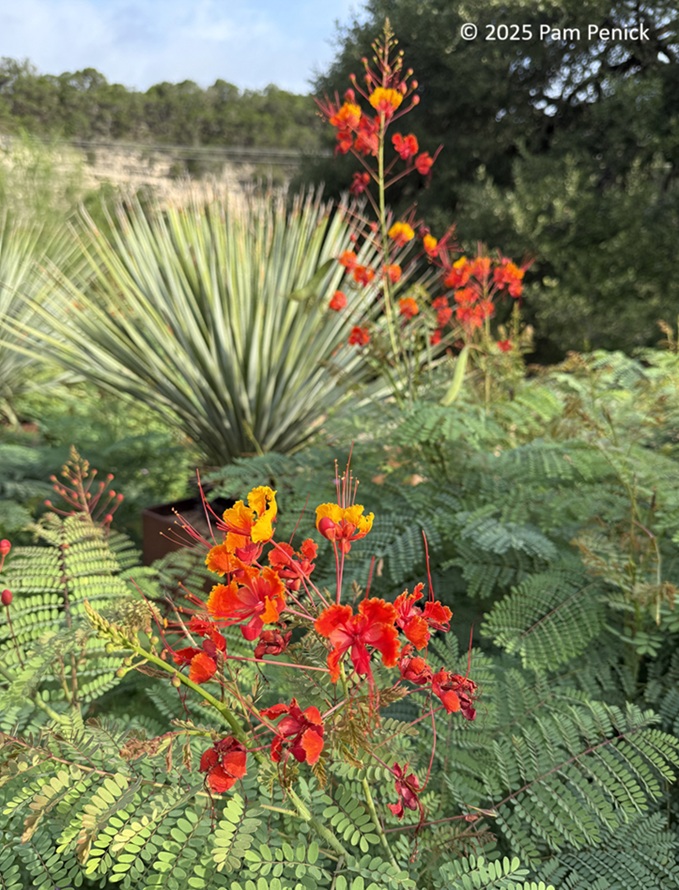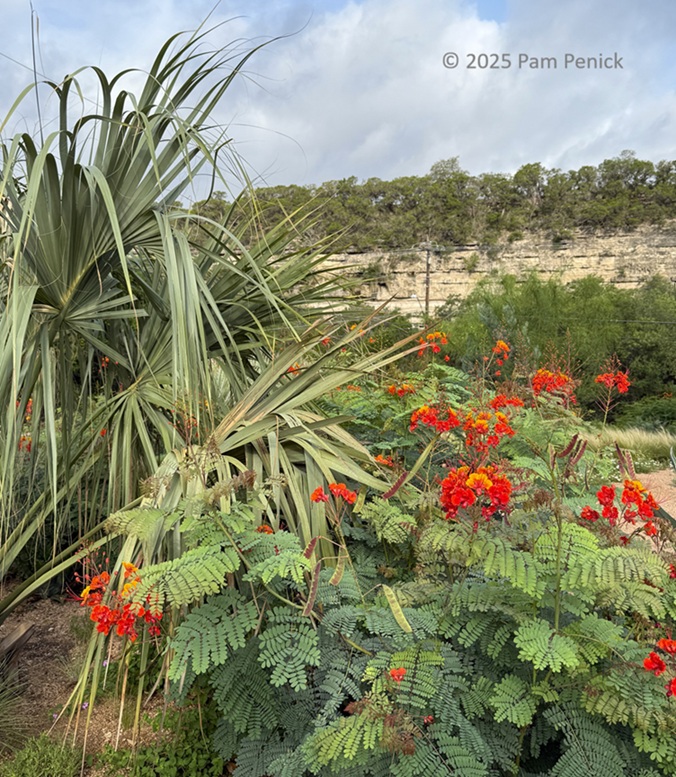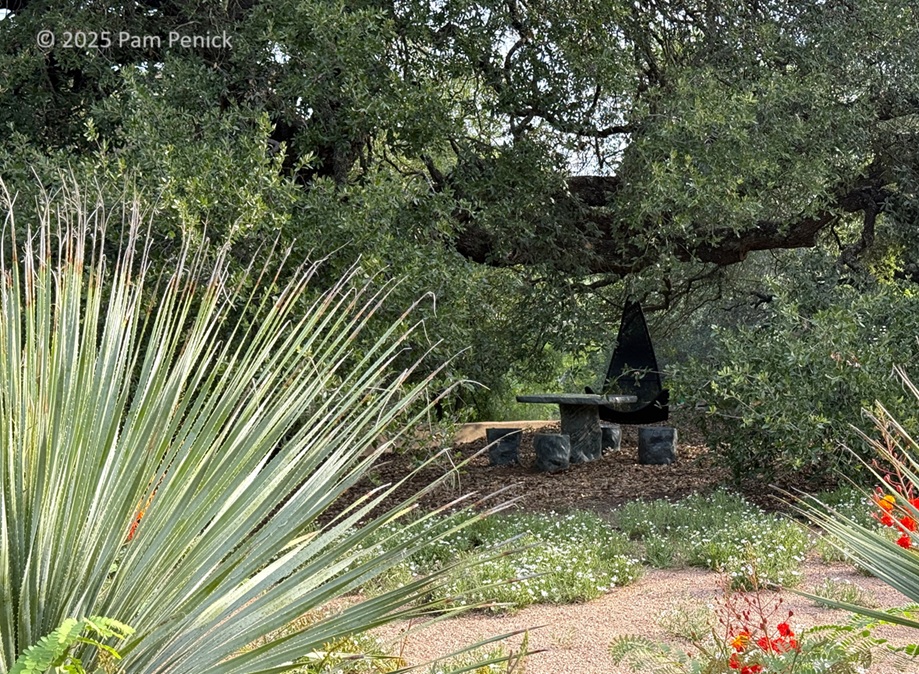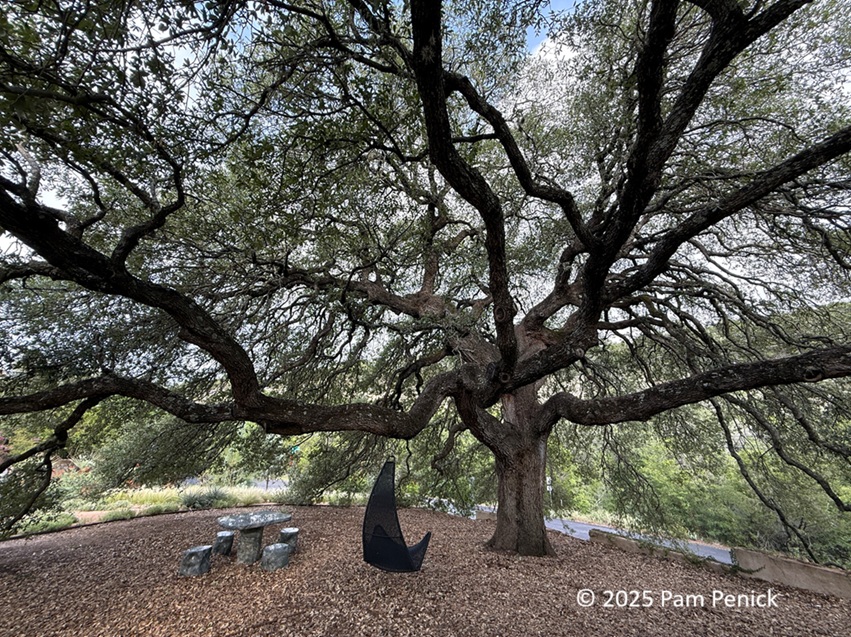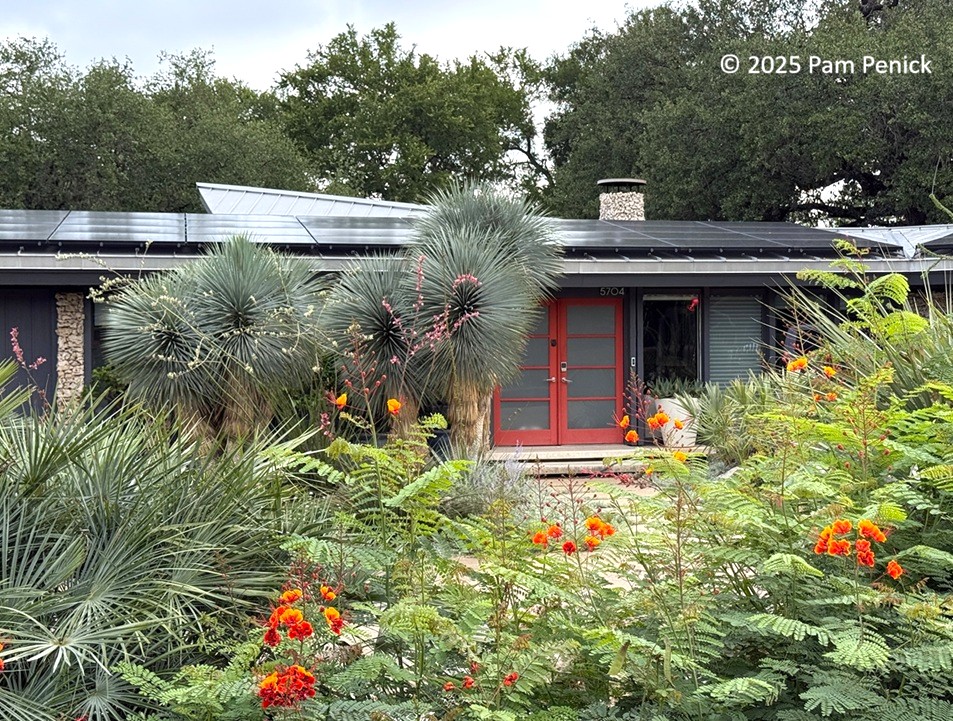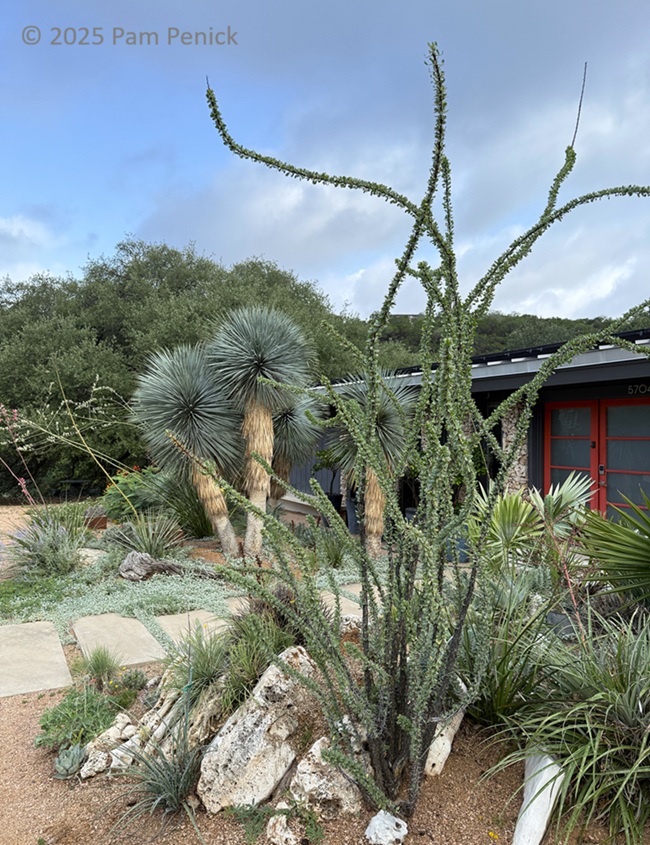I had planned a trip a few months ago in order to attend America’s largest prison conference in Orlando, which is hosted twice a year by the American Corrections Association to showcase the latest innovations in surveillance technologies and to encourage networking between correctional officers and prison psychologists and reformers. My partner was reporting on some of the panels and technical changes, and I was hoping to be party to some of the chatter. I had hoped to drink with wardens in hotel lobbies and learn of the terrible things they’d done. But I came down with the flu the first night, and spent the week apart from the conference and from my partner, in a cordoned-off hotel room.
For three days I slept, only waking to watch YouTube food creators in a twilight state. By dusk of each day I was strong enough to stand on the balcony, where I would watch a young man practicing K-pop dances alone inside of a foundation pit. He came back every day of my weeklong stay in the hotel.
Across from him was a derelict mini-golf course with several dry palms planted around a stucco boulder. Further afield was a functional water park anchored by another, much larger manufactured boulder, four stories tall and teeming with people. A series of rainbow waterslides descended from the top of the stairs. Because the boulder was cut in half to accommodate the slides and waterpark-goers, it resembled a scientific cross section, illustrating the hidden world of labor and infrastructure required to maintain the appearance of solid stone. The boulder was covered in peeling paint, and people screamed inside of it.
On the second day of the conference my partner came back with a loaf of bread and told me about the prosecutors they had seen in the morning, bragging about Georgia’s largest RICO operation, how it would enable the state to dole out 300-year sentences to criminals as well as any relatives or partners of theirs who had stayed silent. They described the prosecutors’ growing panic about drones, how they could now be utilized to airdrop narcotics into prisons, but could not, legally, be shot down.
And they also told me of a new machine they had seen that was being marketed to wardens as a tool for detecting banned-substance use among prisoners. Called “the drugloo,” it was a mechanical toilet that separated drugs from human shit in a centrifuge and spat out its findings in lavender-scented packets.
On the third day I was well enough to walk and take in the architecture of the surrounding neighborhood. It seemed to be characterized by an aspirational and fragmentary Italianophilia, with random elements from the Ducal Palace in Venice and the Coliseum in Rome reappearing on the edges of manmade lakes, or on the walls of gated communities.
A huge concentration of chain restaurants, with exteriors lightly modified in line with this theme, were strung like beads along my hotel’s road: the world’s largest entertainment McDonald’s (which the concierge told me sold noodles); a Carrabba’s, a Chili’s, and an Applebee’s; a Red Robin, Red Lobster, and Maggiano’s; and a Macaroni Grille, Capital Grille, Bonefish Grill, Laguna Grill, and Grill at Grande Vista, all within five minutes of my room.
After I had walked around to see these places and grills, I went back to my room to wait for Blair. That day they brought me jam and honey, and told me a little bit about Geo Group, the US’s largest private prison contractor. Geo Group representatives told Blair how they had invested $70 million “towards increased housing, transportation, and monitoring capabilities and services to meet the anticipated requirements of the federal government’s immigration law enforcement priorities.” The Geo Group booth had comfortable white lounge chairs and a bright bromeliad, Blair said.
On the fourth day, they drove me around.
The streets of Orlando reminded me of the interiors of large casinos, which rely on curved pathways (as opposed to “T-corners”) to encourage patrons to spend more time in front of slot machines. By eliminating the possibility of a customer having to choose between turning left or right, the design choice attenuates a minimal form of human agency which, when activated, diminishes profits by a measurable amount. So I had read.
In Orlando, long sweeping roads feed into other long sweeping roads, so that driving feels like dreaming. The only interruptions are the unfinished construction sites under the highways—martian plains filled with rebar and sand.
Near an Urgent Care, which charged me $600 for three inconclusive tests, I saw a three-person family sitting on a bundle of steel wires. I asked them directions to a nearby Dunkin Donuts, which I had located on Google Maps but could not find in real life. They spoke to one another in Haitian Creole and then informed me that they didn’t know. Then I crossed the street to ask for directions from a woman dressed in church clothes who was laying plastic roses at the base of her son’s roadside memorial. She wore a heavily ruffled black dress and a blond wig, and had tears in her eyes.
“You can’t cross here,” she told me, pointing at a half-mile stretch of manmade dunes. “They have security in there. So don’t try it.”
I bought tea a mile away. Later that evening I ate inside a Peruvian restaurant with four flatscreen TVs playing prank videos.
There were no street signs in the videos, and all of the supposed prank victims wore clothing without identifiable brand labels. Were they in Brussels? Quebec? The lead actor was a smiling bald man who played a police officer who often finds himself stuck inside of mounds—in a mound of coal, in a mound of leaves, in wet cement—and when he gets out, he gets angry and tries to fire his gun.
The cop appeared in my dreams that night, and shot his own knees. I woke up sweating and cold at 5:30 AM and an hour later Blair arrived and drove me away to a prison tour.
A CO picked us up from the conference hall and took us to an office inside of a heavily guarded facility in central Florida where a smorgasbord of Big Texas Cinnamon Rolls and jalapeño Pop Chips had been laid out. Here I could at last meet the other conference participants.
My group was an interesting one. It included two Indigenous correctional officers who worked in a jail at the base of the Grand Canyon, and a representative of the British Consulate. We chatted a little bit under the employee-of-the month honorariums arranged near the ceiling of the room.
The COs were outgoing and giggly and had spent the day before at Disney World. The taller of the two kept asking her companion to tie her trench coat belt tighter and tighter around her waist, so she could look “snatched.” The representative of the British Consulate was more demure. She inspected the corners of rooms like a bird nosing around the insides of flowers, repeatedly apologizing to the warden for how many Brits ended up incarcerated in Florida.
The warden was a terse, nervous individual who took us through all the mantrap doors while complaining about the behavior of prisoners in some other facility she had visited. “They had inmates bangin’ on the walls there,” she said, “shouting, ‘Show us that P word!’”
The first building we saw was Classifications, where a group of fifty or so men sat in silence on wooden benches. Having just begun their sentences, they had to be evaluated by social workers who would assess their psychological needs and their proneness to violence and then assign them to cell blocks accordingly.
Each of these classification rooms was decorated with an astonishing density of Disney paraphernalia. Men with grief-lined faces sat in front of Mickey Mouse reliquaries, mini princess figurines arranged in rainbow tiers on top of metal cabinets. Inspirational wall art, printed on polyethylene panels, read P.S. You Got This and One Small Thought in the Morning Can Change Your Whole Day. The decor raised the possibility that the fixations of the Disney adult are a direct response to conditions of oppression—oppression in which the Disney adult is complicit.
The incarcerated men were forced to stand in silence while waiting for food in the mess hall. A number of people here were in wheelchairs, stooped with age, their heads tucked between their knees, and some of the older prisoners wore hats that made them look like coal hoppers.
For the most part no one in the tour group said anything to the men—though we could, if we wanted, engage them. One man told me he was waiting to return to his wife and his motorcycle in Arkansas. Another said he was waiting to resume work at a moving business he ran with a friend, called “LL Enterprises.” Everyone was silent until they were not—and the tour in this brief period felt like a video game in which one wandered through silent hallways, activating characters only if I spoke the first word.
The only place men talked freely was inside of the chapel, where the prison had a five-piece band. There were three guitarists and a keyboard player and a drummer swaying woodenly in front of a baptismal font, singing a song called “I Trust My Savior Jesus.” Though the lead singer’s face seldom moved, wellsprings of pain emerged periodically in his voice. I felt moved in spite of the saccharine lyrics because they seemed to correspond almost accidentally with real human pains. After the man had stopped singing, he turned dials up and down on his bandmate’s keyboard to produce a dramatic atmosphere for the chaplain’s speech about the prison’s social programs, which included Bible study groups and games of cornhole and a re-entry program that enabled men with light sentences to work at Dunkin Donuts during the day and return to the prison at night. At the end of the tour, we passed by a smaller medical facility for the oldest inmates, a place where, our van driver told us, “men go to die.”
The smell of bodies and overcooked succotash clung to our clothes after we left. Sickness and prison and Orlando had merged in my fevered head, somehow, I wanted desperately to leave the city, to smell trees and see water, but then we kept driving along, back to the conference, where things unfolded like at any other trade show, with sales reps tabling in rows, and caterers distributing pulled-pork sliders under-warmed by canned heat.
Here I spoke with someone selling a new kind of cell door food slot that prevented inmates from grabbing COs’ hands and smashing their faces against the trough. Then I spoke with someone selling digital vapes, and then someone selling watches that tracked the heart rates of incarcerated people and alerted authorities when they died.
I spoke with a salesman of rubber chess sets, a salesman of stainless steel faucets, and a salesman of a surveillance program that superimposed a person’s entire day into a single, simultaneous view. In the demonstration video, three versions of a well-dressed white woman—a woman who, I was told, “no one would suspect of visiting a trap house”—visits three separate trap houses simultaneously. Her form overlapped with itself occasionally on the strips of the Baltimore sidewalk where she had made the decision to “ruin her life.”
Then I spoke with a razor-wire saleswoman who explained to me the differences between the various sizes of barbs that her company manufactured.
“This is a short one, just for entanglement. The military uses it, mostly for keeping its own in line. This is a medium barb, which they use Canada. This is a big one, more for NATO bases—they use it in Europe. And these two are more for American correctional contexts. These aren’t for entanglement. They’re for piercing kidneys and lungs.”
After the conference ended Blair and I drove to a nature preserve at the edge of a brand-new planned community, where we walked for about an hour. When we returned to the car we found that someone from the parks service had locked the parking lot for the night. The car barrier listed the number of the sheriff, but the sheriff’s office wouldn’t give us the combination to unlock it, which in fact they didn’t know. An hour passed while we waited for an officer, who seemed to believe we had been locked into a residence.
He mentioned having bolt cutters, then refused to use them. He ran our licenses to see if we had committed any crimes, and sat in his truck with the brights turned on, shining in our eyes.
For a half hour more we waited for our $70 Uber, and then it began to rain, and in my frustration and exhaustion I held my head in my hands.
Then an armadillo emerged in the headlights and wandered around, searching for food.
It had a wonderful shielded back and scanned the earth with a sort of diligence so wholly separate from human affairs that it cheered me. And then Blair cheered me some more, telling me about a strange thing they had seen.
There was a raffle at the conference, they said, and participants could enter the raffle by writing their name on a ball. Then they could put the ball inside of a golden cage. If their name popped out of the cage, they were allowed to enter a glass box, a glass box was filled with dollars, thousands of dollars, flying through the air.
The raffle winners could enter the box to grab as many of them as they could muster. They had five minutes to do so.
One of these raffle winners had been inside several of these boxes over the course of his life, he’d told Blair, and had watched the other raffle winners with smug amusement. They were grasping at the money and failing to gather it, but with him it would be different, he said. The trick was not to grab the dollars midair, he said, but to put one’s hands on the corners of the box, and trap them as they amassed there. He said you just wait for the dollars to come, you never clamor after them, but simply wait for them, and trap them in your hands.
